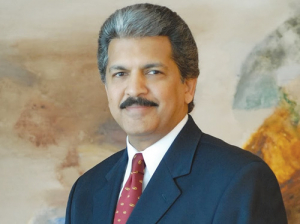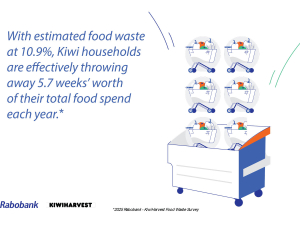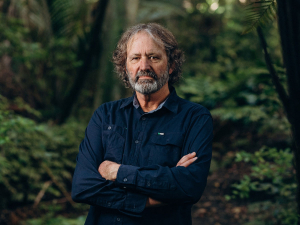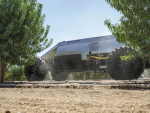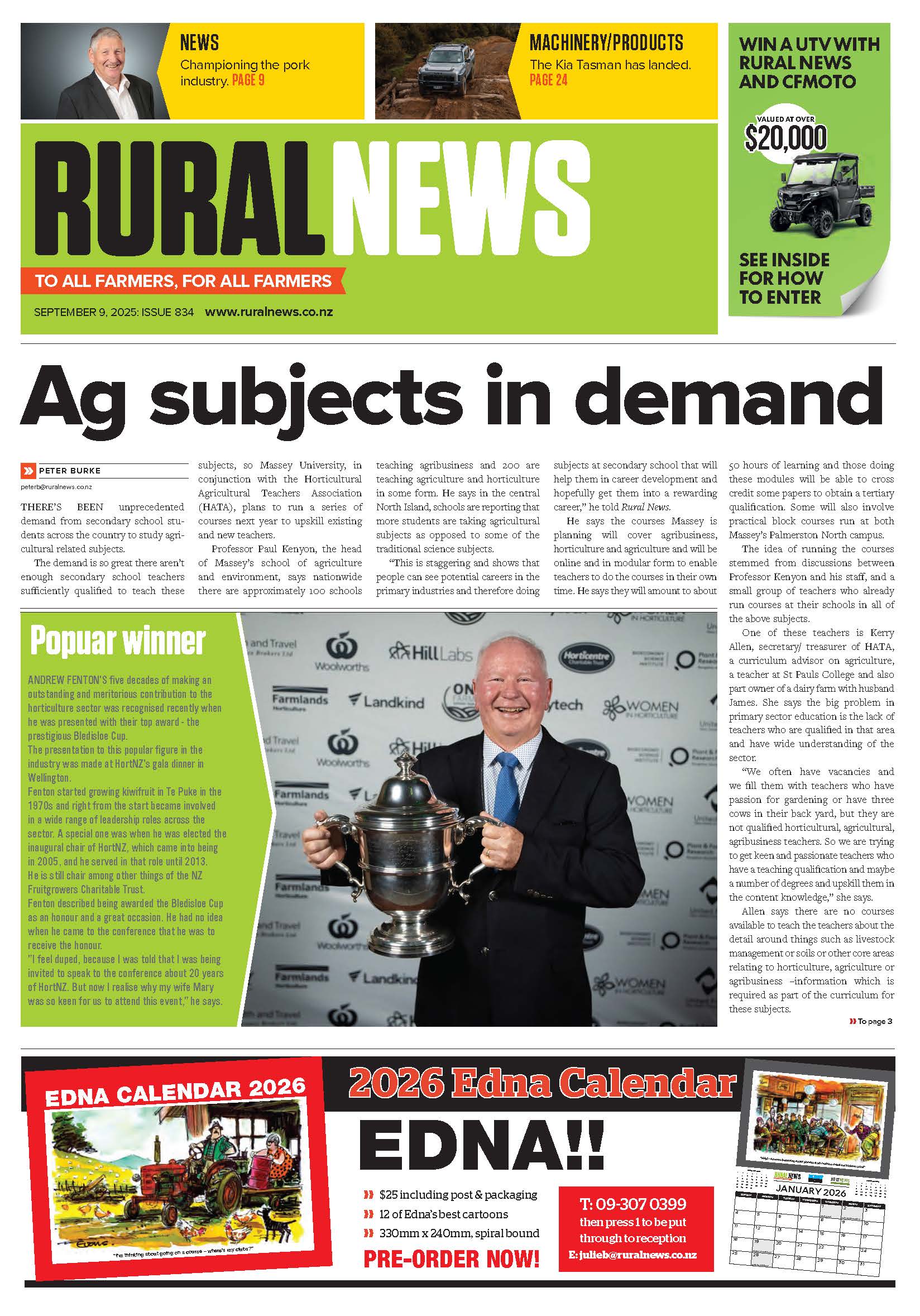While the agri-industry has made some murmurings on the subject, most of this has been about small, robotic vehicles or two tractors ‘tethered’ and operated by one driver.
Now the world’s largest tractor manufacturer by volume, India’s Mahindra and Mahindra (M&M), has shown its cards at its 70th annual meeting, where it also announced a 16% rise in profit and 12% higher sales (240,721 tractors sold globally to the year end March 2016).
“Tractors that operate autonomously will change the future of food production,” Anand Mahindra, chairman of M&M, told the meeting. “As the largest manufacturer of tractors in the world, we intend to play a pioneering role in this arena.”
Mahindra also said there is little paranoia about crashes and accidents with autonomous tractors, compared to the motoring industry.
“Autonomy can make the biggest difference to agriculture, with a need to increase productivity to feed a population that continues to grow.”
It seems M&M is in a position to see this vision through to fruition, with a turnover of US$18 billion, large cash reserves and extensive R&D facilities in USA, South Korea, India and Europe. The company is already developing alternative technologies such as electrical drives, battery technologies and solar power.
Mahindra told the meeting the future of mobility centres on three topics: shared mobility, with more people pooling resources to travel together; renewable energy vehicles; and autonomous vehicles, on and off road.
Closer to home, Mahindra New Zealand general manager Gary Sanders says Mahindra is an extremely diverse company, with global expertise in IT that he claims sets it apart from tractor building competitors.
“In terms of timeframe and delivering this technology the accepted forecast for autonomous vehicles is to be accessible to the buying public in around five years. But there will be a need for adaptation to suit agricultural applications.”
Sanders noted that the challenge is to establish what benefits or challenges this might introduce to Australia and NZ markets.
“Clearly a tractor that never gets tired and an operator that can focus on other tasks, while the tractor is at work, could deliver substantial productivity benefits, reduce the cost of product and make farms more profitable.”





